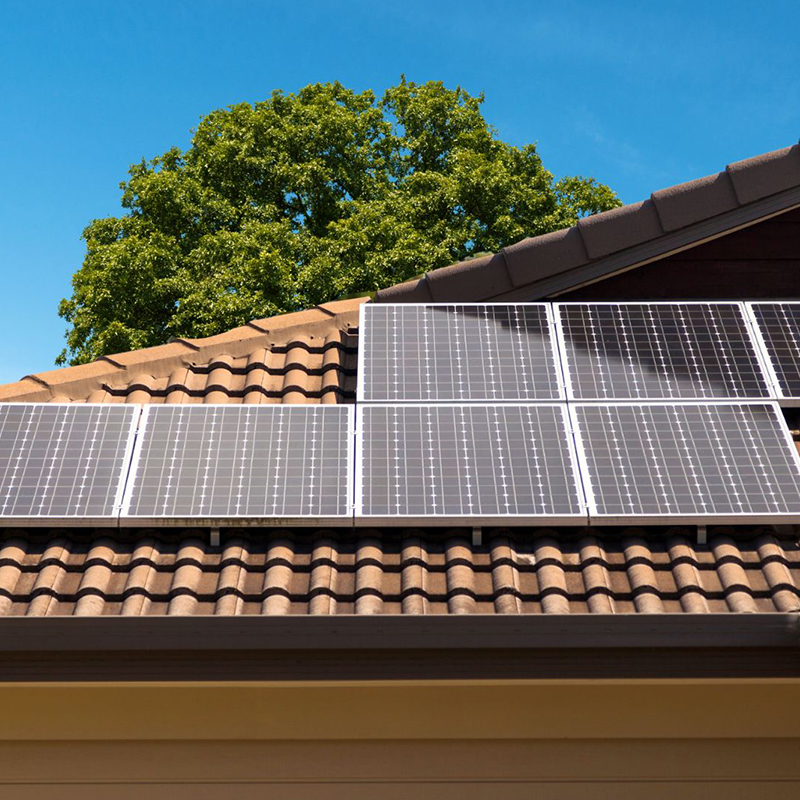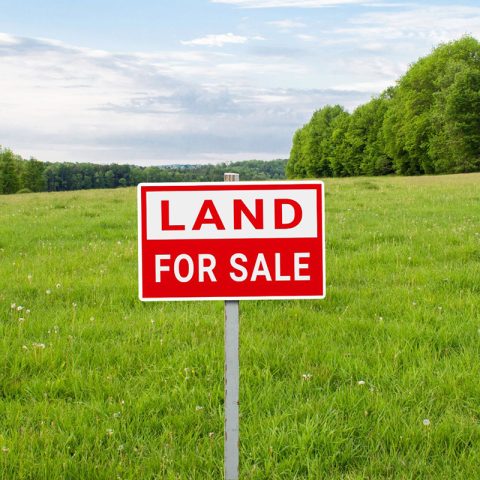Sustainability is no longer just a buzzword in real estate. For Australian homebuyers, energy efficiency has become a priority — one that increasingly influences both purchasing decisions and property values.
New research from Cotality’s Watt’s it Worth report reveals that homes with energy-saving features are now commanding a clear premium in the marketplace. Buyers are willing to pay around 2.7% more for a property with solar power, which translates to an additional $23,100 based on the current national median house price.
Solar power and home values
Solar panels are no longer just a feature that helps cut power bills — they’re viewed as a long-term investment. In cities where energy costs are high, the premium is even more pronounced.
* Hobart leads the way, with solar adding an estimated 5.4% to property values.
* Brisbane follows at 3.3%, while Darwin and Melbourne record premiums of 2.8%.
* Other capitals also show solid gains: Perth and Canberra (2.1%), Adelaide (1.7%), and Sydney (1.6%).
This pattern highlights how climate, local electricity costs, and demand for sustainable living all shape buyer preferences.
NatHERS star ratings making a difference
It’s not only solar panels driving buyer interest. The National House Energy Rating Scheme (NatHERS), which measures a home’s energy performance, has also become a key selling point.
According to the report, each additional NatHERS star rating adds around 1.3% to a home’s value. In real terms, that’s about $10,560 on top of the national median house price.
This shift means features like insulation, efficient windows, and smart home energy systems are no longer “nice-to-haves.” They are becoming central to how properties are appraised, marketed, and financed.
Buyers shifting priorities
Cotality’s Senior Director of Banking and Finance, Tom Coad, says the research underscores a significant transition in the housing market:
“Australia’s housing market is at an inflection point where energy performance, once peripheral to value, is increasingly becoming a consideration in how homes are compared, bought, managed, financed, insured, improved, and regulated.”
In other words, buyers are not just looking at square footage or location — they are weighing long-term costs, environmental impact, and future-proofing.
Why buyers are paying more
Several factors explain why buyers are prepared to pay premiums for energy-efficient homes:
* Lower running costs – Rising electricity and gas bills make efficient homes more affordable over time.
* Government incentives – Rebates and grants for solar, batteries, and efficiency upgrades sweeten the deal.
* Resale value – Buyers know that future purchasers will also see value in energy performance.
* Climate consciousness – Younger buyers in particular are motivated by sustainability and emissions reduction.
* Resilience – Efficient homes are more comfortable in extreme weather, a growing concern given Australia’s climate challenges.
The investor angle
It’s not only owner-occupiers driving this trend. Investors are increasingly aware that energy-efficient properties are easier to rent out, command higher rents, and experience fewer vacancies.
In fact, rental demand for homes with solar has spiked in markets like Queensland and Western Australia, where tenants are keen to manage household bills. For investors, this creates both income stability and capital growth opportunities.
Barriers to adoption
Despite the benefits, there are still hurdles slowing the widespread adoption of energy-efficient features in Australian homes.
* Upfront costs for solar, double glazing, or efficient HVAC systems remain a sticking point for some buyers.
* Older housing stock, particularly in Sydney and Melbourne, often lacks insulation or modern efficiency standards, making upgrades costly.
* Knowledge gaps exist among both buyers and valuers, though awareness is improving as research like this enters mainstream discussion.
What this means for sellers
For homeowners considering selling, the message is clear: energy efficiency sells. Relatively modest investments, such as installing solar panels, upgrading insulation, or replacing windows with double glazing, can translate into a tangible uplift in sale price. Importantly, it also broadens the buyer pool — families conscious of energy costs, younger eco-minded buyers, and investors all see value in sustainability.
A market at a turning point
Australia’s property market has long been driven by location and lifestyle. Now, energy efficiency has joined the list of core value drivers.
From banks increasingly considering efficiency in lending criteria, to insurers pricing risk differently for poorly rated homes, the shift is moving beyond personal preference into structural change.
The Cotality report suggests this trend will only accelerate as energy prices remain volatile and climate policy tightens. Properties that fail to keep up could risk lagging behind in both value and buyer interest.
Energy efficiency is no longer an optional extra in Australia’s property market — it’s a value driver, a cost saver, and a future-proofing tool. For buyers, it provides peace of mind and financial benefits. For sellers, it offers a competitive edge. And for investors, it enhances both rental and resale prospects.
As the market evolves, homes that combine location, lifestyle, and sustainability are likely to command the strongest premiums. The message is clear: energy-efficient features are not just a selling point — they are fast becoming an expectation.



